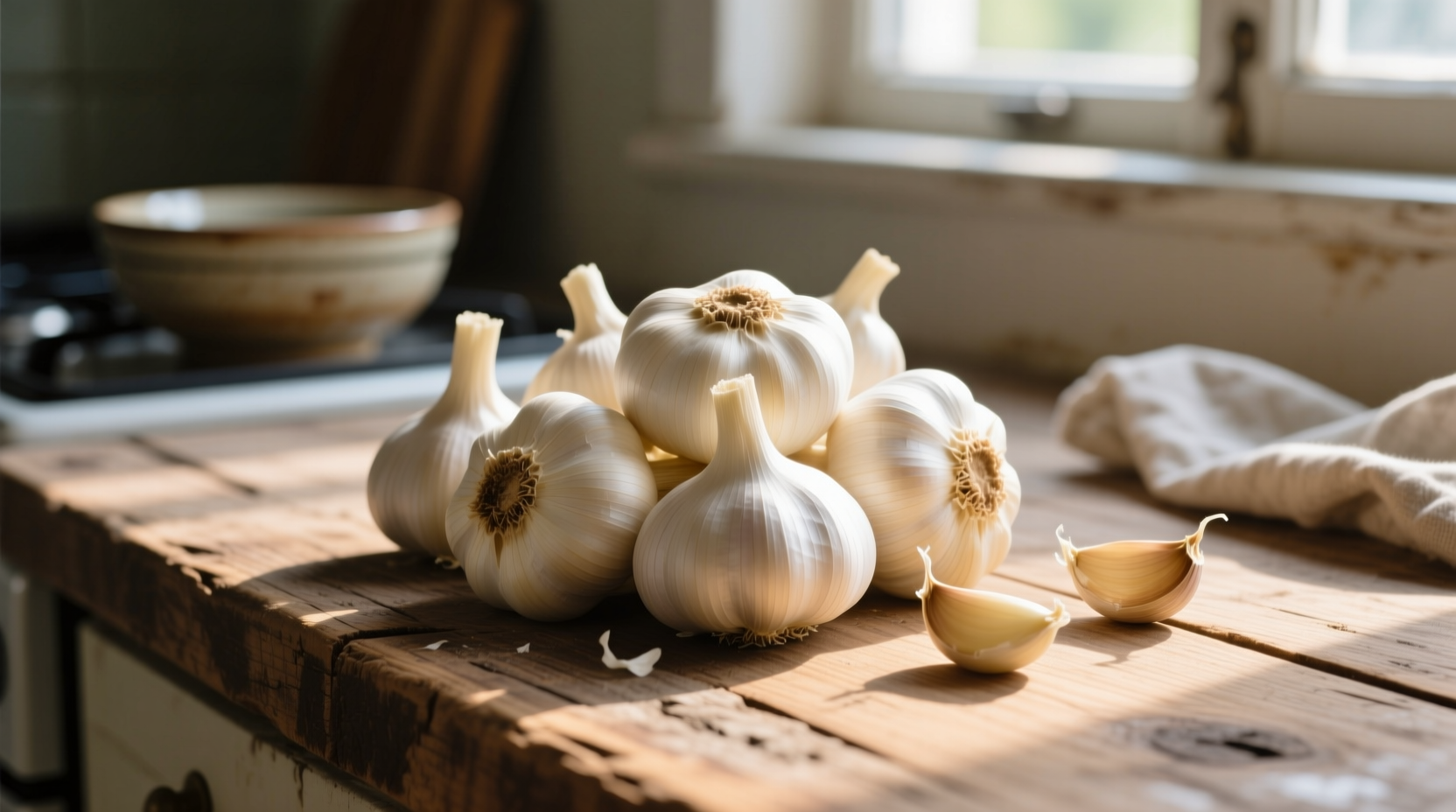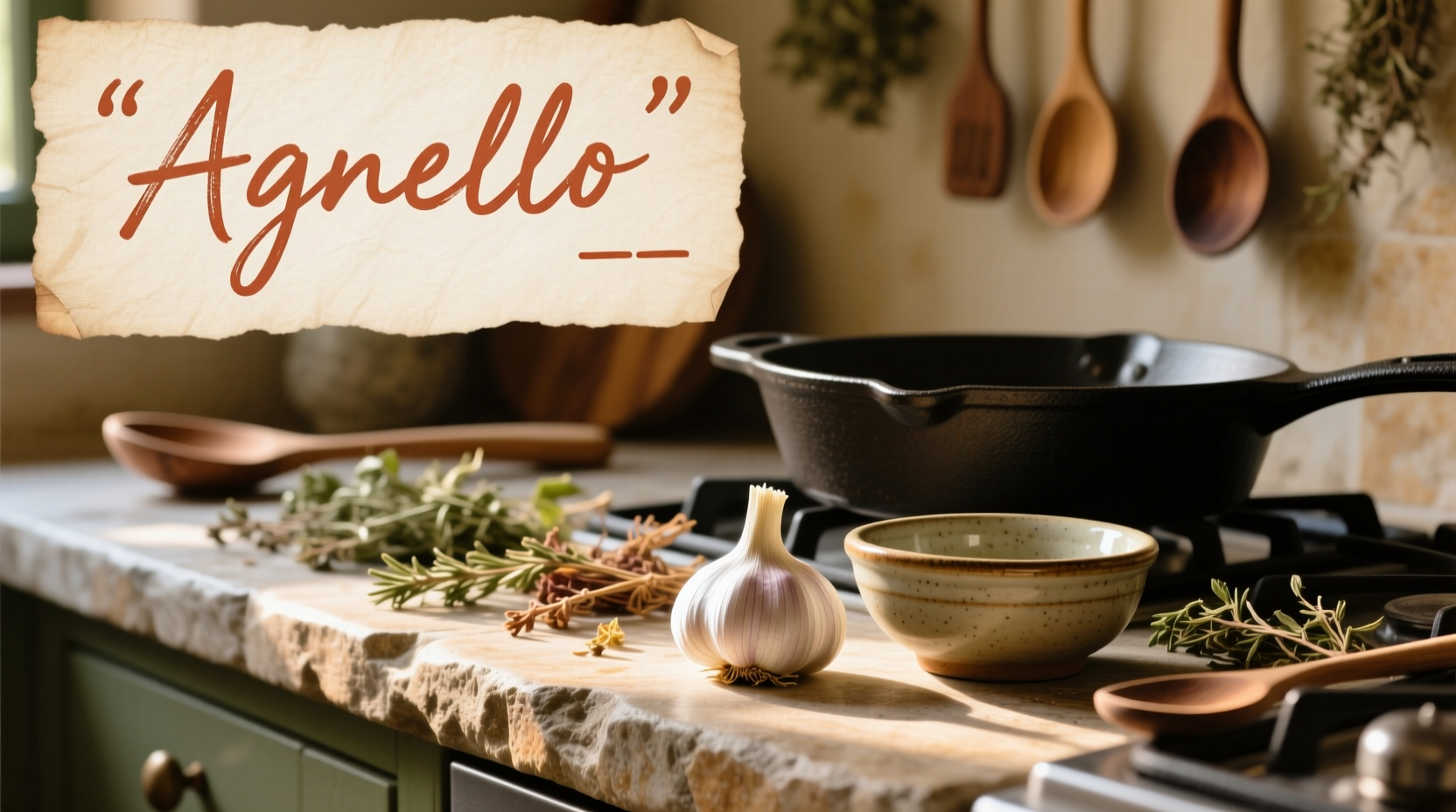Understanding this simple translation opens the door to authentic Italian cooking and communication in culinary settings. Whether you're following a traditional recipe, shopping at an Italian market, or discussing ingredients with chefs, knowing how to properly reference garlic in Italian enhances both your cooking precision and cultural appreciation.
Mastering the Pronunciation of 'Aglio'
Getting the pronunciation right matters when communicating in Italian kitchens or markets. The word aglio breaks down as:
- AHL - similar to the "a" in "father" with a soft "gl" sound
- yoh - rhymes with "yo" in "yoga"
Many English speakers mistakenly pronounce it as "AL-yo" with a hard "g," but the Italian "gl" combination creates a softer sound. Listen to native speakers on resources like Treccani Dictionary, Italy's authoritative linguistic reference since 1925, to perfect your pronunciation.

Garlic's Role in Italian Culinary Tradition
Garlic isn't just an ingredient in Italian cooking—it's a cultural cornerstone. Historical records from the Accademia della Crusca, Italy's premier linguistic authority established in 1583, show "aglio" appearing in culinary texts as early as the 14th century.
| Italian Term | Literal Translation | Culinary Application |
|---|---|---|
| Aglio | Garlic | Base for sauces, marinades, and sautés |
| Aglione | Big garlic | Larger variety used in Tuscan and Roman dishes |
| Agliata | Garlicky sauce | Traditional bread and garlic sauce from Liguria |
Regional Variations Across Italy
Italy's regional diversity extends to garlic usage. While northern regions like Piedmont use garlic more sparingly, southern regions like Campania and Sicily feature it prominently. The Expo Milano 2015 culinary archives document how garlic preferences vary significantly across Italy's culinary landscape:
- Northern Italy: Often paired with butter, used moderately in risottos and meat dishes
- Central Italy: Features in classic pasta dishes like spaghetti aglio e olio
- Southern Italy: Used generously in seafood preparations and vegetable dishes
Practical Applications in the Kitchen
Knowing how to use "aglio" properly transforms your Italian cooking:
When Shopping for Garlic in Italy
Use these essential phrases:
- "Posso avere l'aglio, per favore?" (Can I have the garlic, please?)
- "Quanto costa l'aglio?" (How much does the garlic cost?)
- "Aglio fresco, per favore" (Fresh garlic, please)
Following Authentic Recipes
Recognize these common garlic references:
- "Soffriggere con l'aglio" - Sauté with garlic
- "Aglio in camicia" - Garlic in its skin (used for infusing flavor)
- "Aglio tritato" - Minced garlic
Garlic in Italian Food Culture
Garlic's significance extends beyond the kitchen. Historical research from the University of Bologna, founded in 1088, reveals garlic's traditional role in Italian folk medicine and its symbolic meaning in various regional celebrations. Many Italian communities still celebrate Sagra dell'Aglio (Garlic Festival) annually, particularly in central regions where garlic cultivation has been a tradition for centuries.
Understanding "aglio" connects you to this rich cultural heritage, transforming a simple ingredient into a gateway for authentic Italian culinary experiences. Whether you're preparing a quick weeknight pasta or exploring regional specialties, using the correct terminology helps you engage more deeply with Italy's culinary traditions.











 浙公网安备
33010002000092号
浙公网安备
33010002000092号 浙B2-20120091-4
浙B2-20120091-4